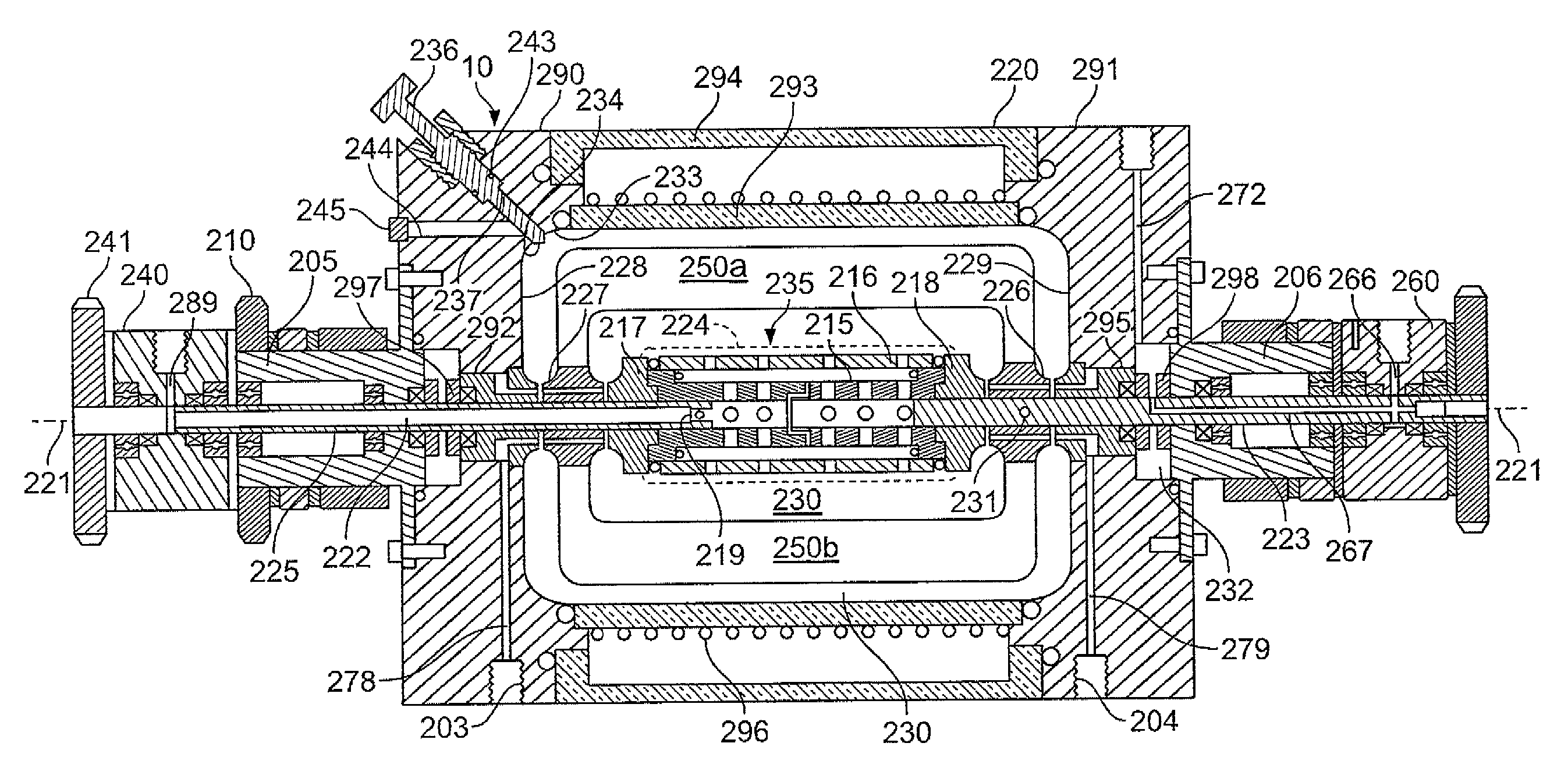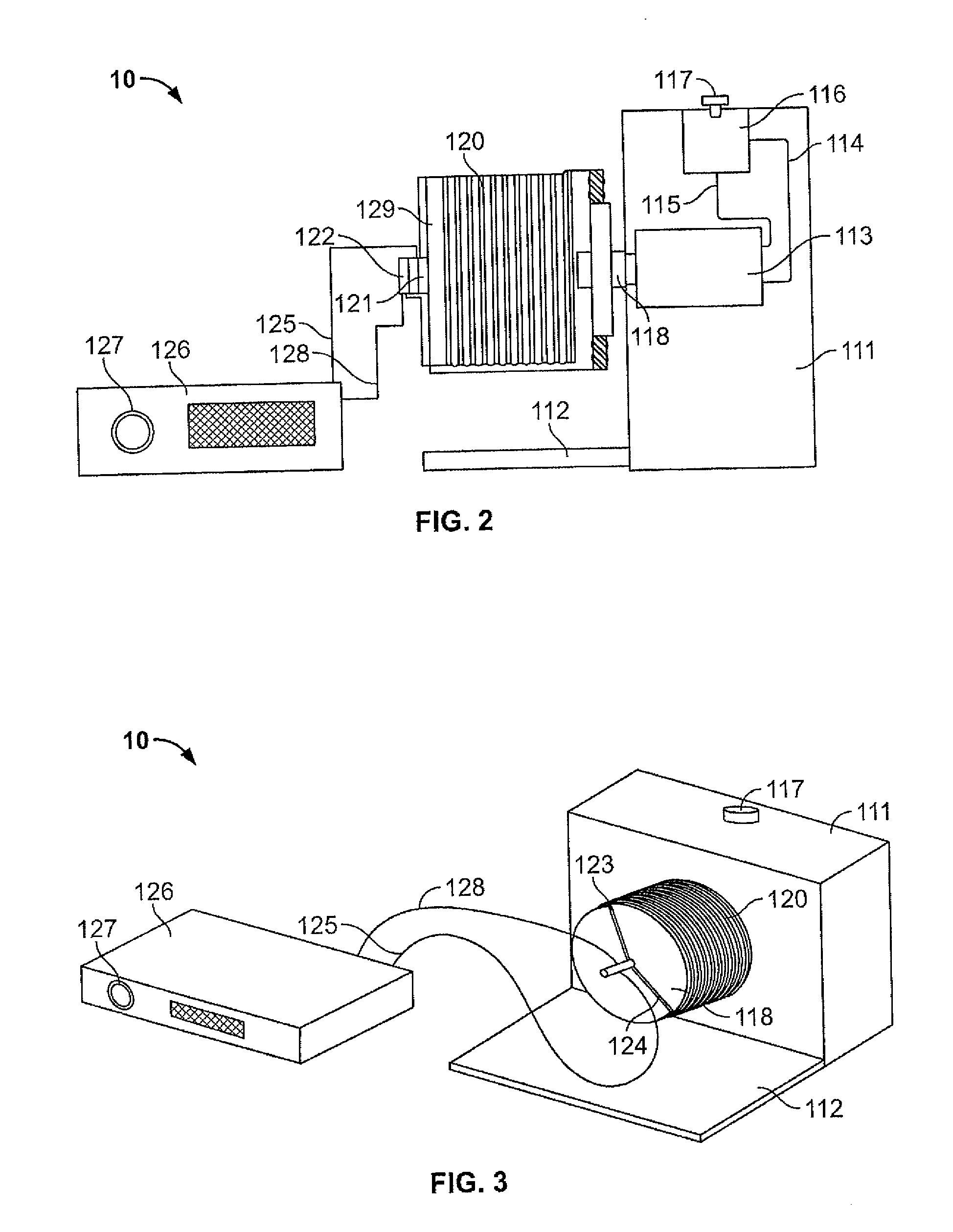Method of providing readily available cellular material derived from cord blood, and a composition thereof
a technology of cord blood and cellular material, applied in the direction of artificial cell constructs, drug compositions, biocide, etc., can solve the problems of tissue rejection, major problems, transplantation of human tissue,
- Summary
- Abstract
- Description
- Claims
- Application Information
AI Technical Summary
Problems solved by technology
Method used
Image
Examples
example # 1
EXAMPLE #1
Qualitative and Quantitative comparison Between a Rotating Bioreactor and a Dynamic Moving Culture
[0115] An experiment was conducted to demonstrate the qualitative differences between two cultures and the differences in the rates of expansion. To illustrate the differences a comparison was made between gene expression levels as assayed by abundance of mRNA transcripts in two samples of blood stem cells cultured in two different methods: (A) shaken Petri plate (dynamic moving culture) (B) rotating bioreactor. The cultures were set up, refed, harvested and otherwise manipulated in the identical manner. The test was documented using techniques well accepted in the art including Affymetrix Gene Array to prove the differences in genetic expression levels. All conditions and manipulations were the same for the two cultures except for the type of culture vessel in which they were expanded.
[0116] Culture A serves as the baseline on which to determine increase or decrease of tran...
example # 2
EXAMPLE #2
TVEMF-Expansion in a TVEMF-Bioreactor
[0166] CD133-selected cells were isolated from fresh umbilical cord blood, and pre-cultured in a two-dimensional culture system for three days prior to placing the cells in a rotating bioreactor with and without TVEMF. Samples V1 and V2 were cultured without TVEMF and V1T and V2T were cultured with TVEMF, while all other conditions stayed the same. The cells were placed in a 10 ml rotating TVEMF-bioreactor at a density of about 0.2×106 cells / ml, and the entire bioreactor volume was filled. The culture medium used for this experiment was IMDM. The bioreactors were rotated at approximately 20 rpm. The following data refers to the culture period in the rotating TVEMF-bioreactor, and does not reflect the two-dimensional pre-culture. The cultures were expanded at 37° C., and in 5% CO2. All other culture conditions remained the same for each sample, V1, V2, V1T and V2T.
[0167]FIG. 15 illustrates the results of the TVEMF-expansion (numbers of...
PUM
| Property | Measurement | Unit |
|---|---|---|
| temperature | aaaaa | aaaaa |
| temperature | aaaaa | aaaaa |
| frequency | aaaaa | aaaaa |
Abstract
Description
Claims
Application Information
 Login to View More
Login to View More - R&D Engineer
- R&D Manager
- IP Professional
- Industry Leading Data Capabilities
- Powerful AI technology
- Patent DNA Extraction
Browse by: Latest US Patents, China's latest patents, Technical Efficacy Thesaurus, Application Domain, Technology Topic, Popular Technical Reports.
© 2024 PatSnap. All rights reserved.Legal|Privacy policy|Modern Slavery Act Transparency Statement|Sitemap|About US| Contact US: help@patsnap.com










